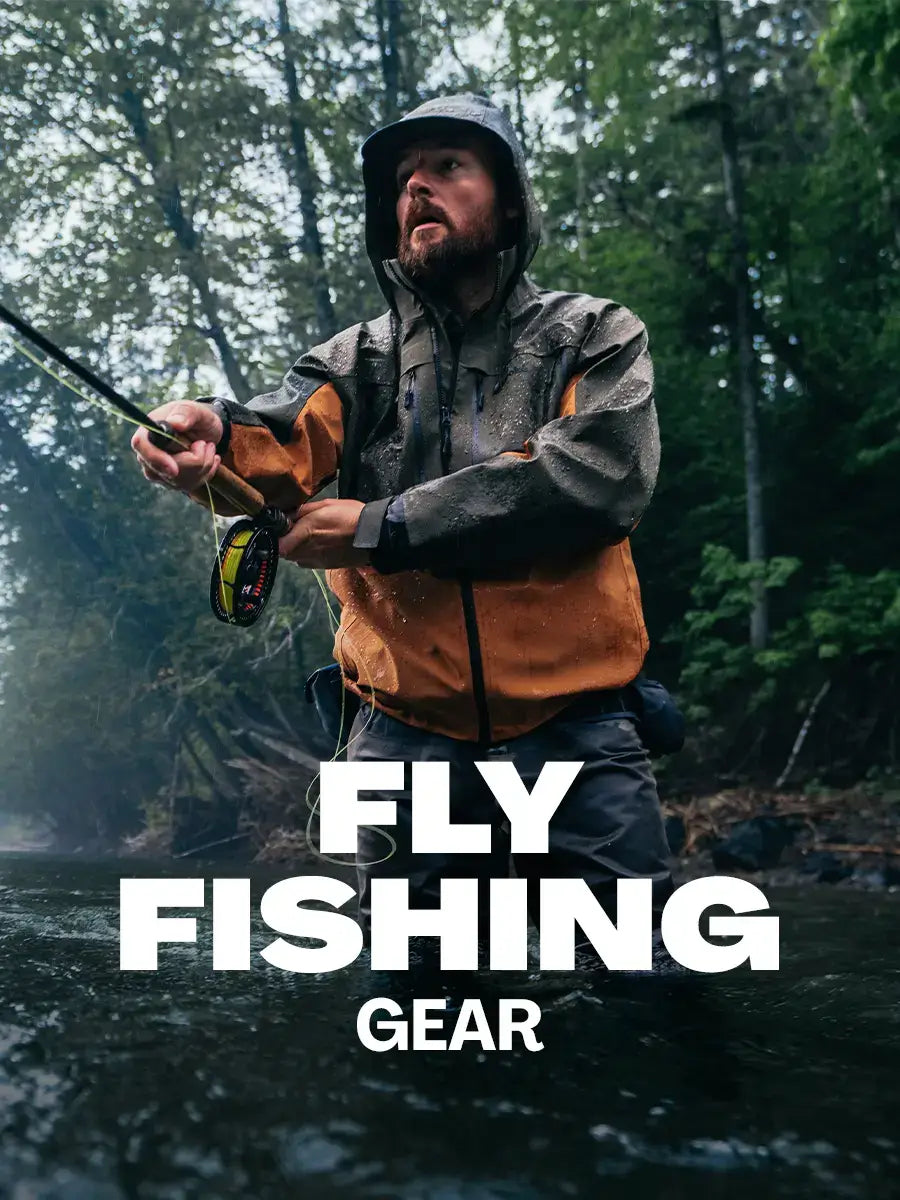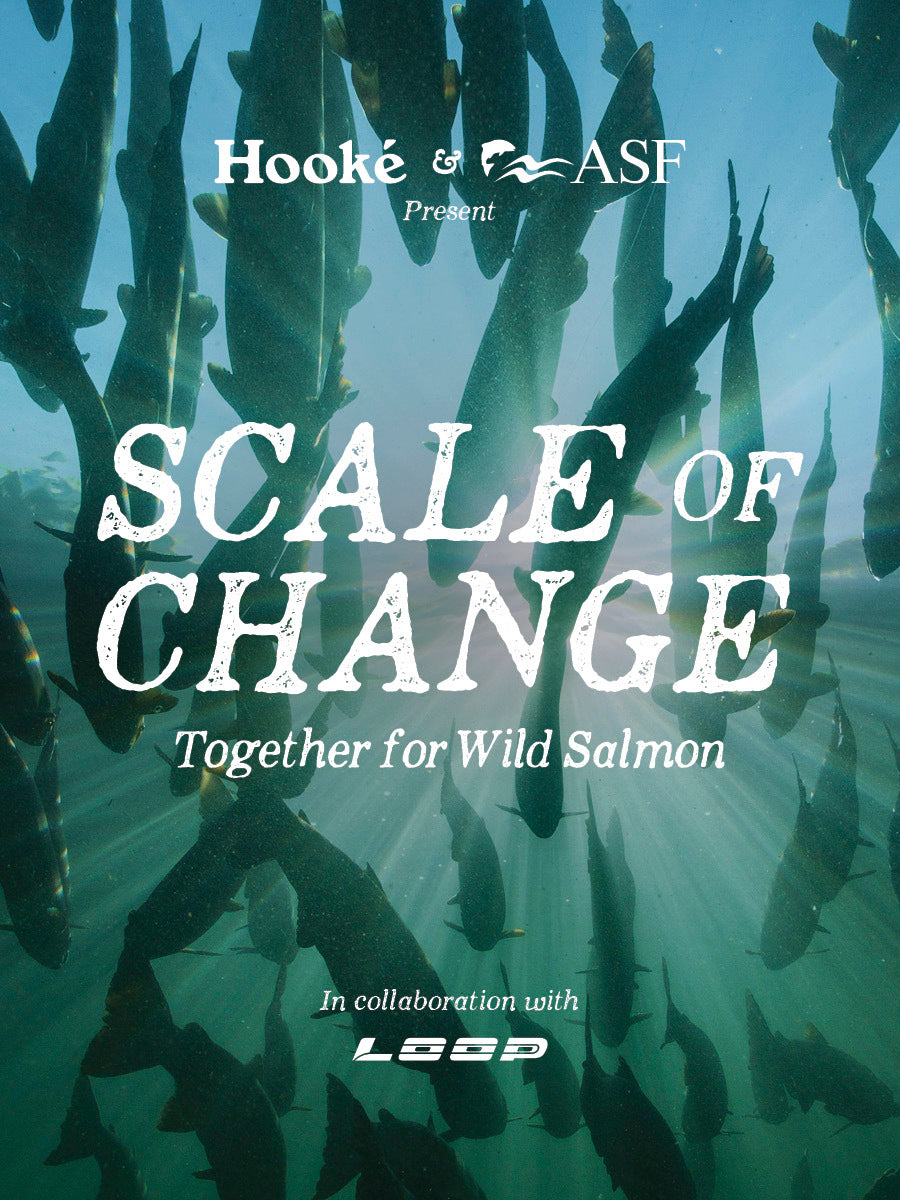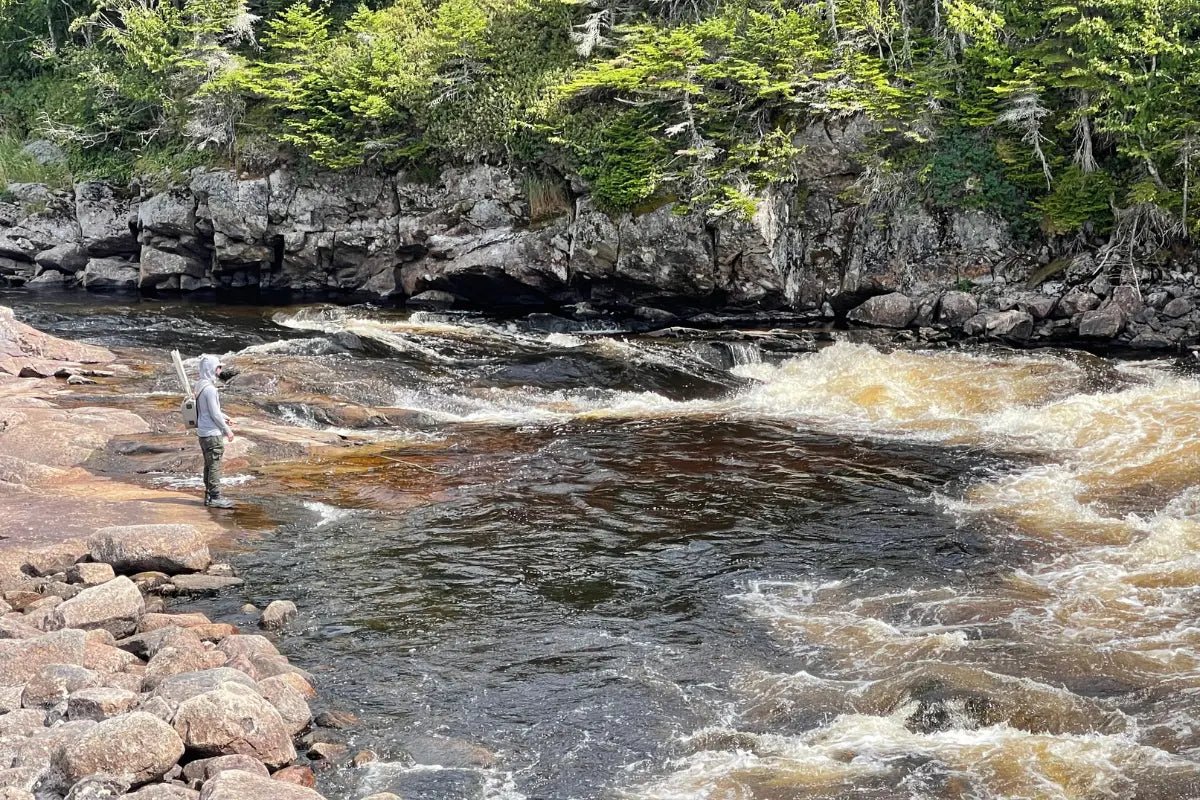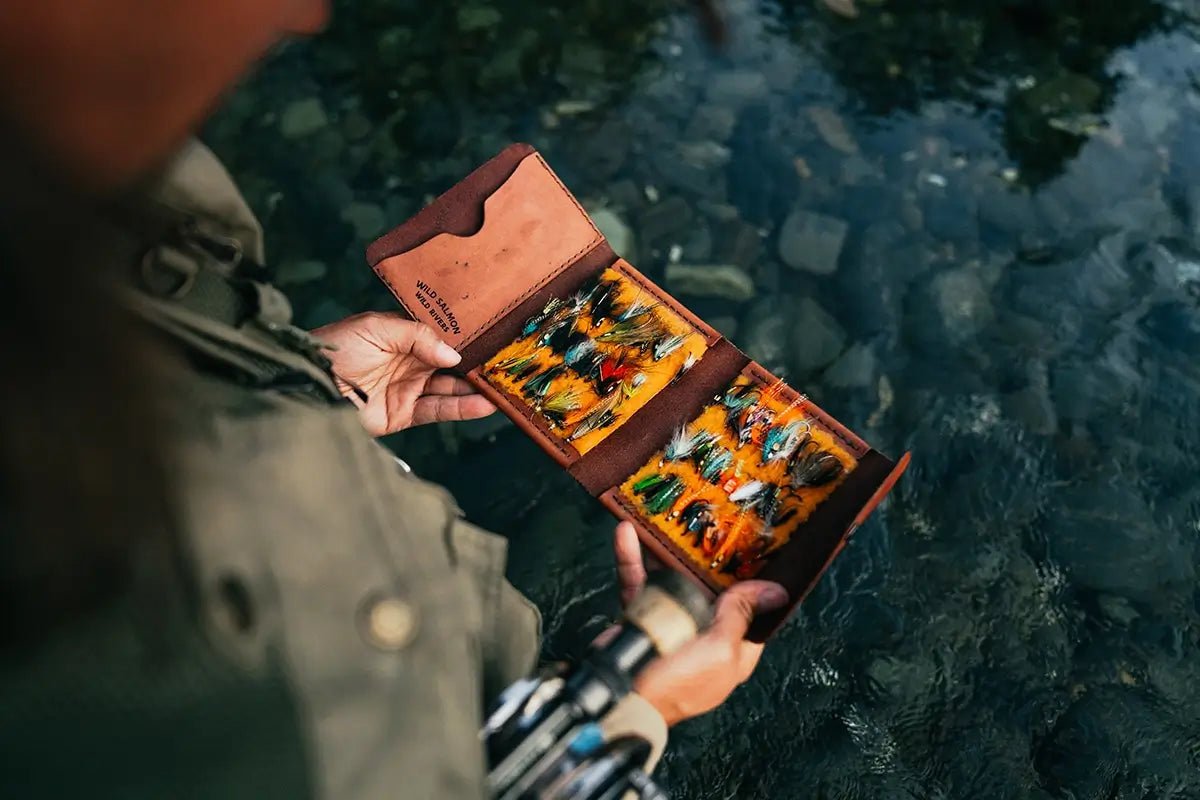Summer Salmon Fishing: Challenges and Rewards
Text by Louis Basque, Boutique Salmo Nature
Early-season Atlantic salmon fishing is exhilarating: active and aggressive fish, coupled with robust water flows, make fly presentation easier and significantly boost our odds of success. However, as summer progresses and water levels drop, the challenge shifts dramatically. The low-water conditions commonly encountered in July and August require a precise approach; as salmon adapt to reduced flows, anglers must similarly adjust their techniques. Here, we explore the challenges of summer Atlantic salmon fishing, strategies to overcome them, and the unique rewards of this delicate endeavor.

Understanding Low-Water Challenges
Low-water conditions typically arise in early July, due to either normal seasonal variations or unusually prolonged dry spells. Yet, we cannot overlook longer-term impacts caused by human activities that compromise watersheds' water-retention capacities and climate change's influence on extreme weather events. These conditions present multiple challenges even for the most seasoned anglers.
Notable effects include:
-
Increased Water Clarity
In low-water conditions, salmon rivers, especially in Gaspésie, often become crystal-clear. While this helps anglers spot fish, it also means salmon can more easily detect anglers and gear, becoming cautious and less likely to bite.
-
Higher Water Temperatures
Reduced river flows typically lead to higher water temperatures, pressuring salmon. Stressed and lethargic fish are less responsive to flies, reducing success rates. Beyond certain temperature thresholds, anglers and river managers also bear the responsibility to limit fishing pressure.
-
Limited Refuge Areas
With diminished water flows, salmon often congregate in well-known refuge pools, making these spots heavily fished. Consequently, salmon become warier, demanding a more methodical approach centered on finesse and stealth.
-
Reduced Oxygen Levels
Lower flows and elevated temperatures decrease dissolved oxygen levels, further stressing salmon and decreasing their willingness to take the fly.
Adapting Your Approach
Low-water fishing demands thoughtful adaptability. Here are strategies to enhance your odds:
1. Select the Right Equipment
- Opt for more discreet gear to facilitate delicate presentations and avoid startling salmon. Ensure your gear remains sturdy enough for quickly landing and releasing fish without undue stress. For example, Spey enthusiasts might consider a Scandi-style line with a longer, finer taper. Single-handed rod users, traditionally favoring a classic 9-foot rod for an 8-weight line, might find value in adding a 10-foot, 7-weight rod to their collection, ideal when finesse and subtlety are crucial.
- Choose delicate floating lines and longer leaders (12 to 15 feet or more) for gentle presentations. Fluorocarbon tippet material, virtually invisible underwater and stronger, lets you use thinner lines without sacrificing strength.
- Though there's no absolute rule for fly selection that will always fool Salmo salar, anglers wishing to maximize their chances should begin with smaller, more subdued patterns. Effective wet-fly choices include small-sized Blue Charm, Silver Rat, or Black Bear Green Butt. For dry flies, lighter, sparser patterns such as the Carter Bug or Wulff series are recommended before turning to larger Bombers.
2. Timing Matters
- Fish during cooler times of day: early morning or late evening, when water temperatures are lower and salmon are more active.
- Avoid midday heat to reduce stress on fish.
3. Refine Your Presentation
- Make gentle casts to avoid spooking fish. Minimize splash and avoid loudly ripping your line off the water.
- Vary your presentations, alternating between natural drifts and strip retrieves to offset slower currents.
- Approach pools stealthily, using natural cover and avoiding silhouetting yourself against the sky.
- Avoid wading deeply; stay close to shore and use roll casts if backcast space is limited.
4. Target Strategic Areas
-
Seek out areas offering oxygen, cover, and depth, such as the point where rapids flow into a pool or the outer bends of pools.
-
Don’t limit yourself to visible fish. Salmon concealed behind rocks in shaded areas are often more inclined to take a fly.
5. Adjust for Water Clarity
- In clear water, favor subtle colors and avoid overly large, flashy fly patterns only as a fallback.
- Utilize surface disturbances like gentle currents to reduce your visibility to salmon.

Ethical Considerations
When fishing for salmon in low-water conditions, prioritizing fish and ecosystem health is essential:
-
Minimize handling time: keep fish submerged while unhooking and consider barbless hooks for quicker releases.
-
Avoid overfishing the refuge pools. They are essential for salmon survival.
- Respect river closures established by managers during droughts.

The Rewards of Summer Fishing
Despite its challenges, salmon fishing in low water offers extraordinary rewards. It encourages anglers to deeply connect with their surroundings, refine their techniques, and appreciate the subtle intricacies of the river.
Moreover, lower water levels often reveal the hidden beauty of the river. Uncovering rocks, pools, and previously unnoticed channels enhances our understanding of salmon habitats.
A Conservation Perspective
Fishing for Atlantic salmon in low-water conditions is a true test of skill, patience, and environmental respect. Tackling these challenges ethically opens the door for anglers to enjoy the thrill of fishing while actively contributing to preserving this precious species for future generations.
Low-water conditions remind us of the importance of safeguarding Atlantic salmon and their habitats. Anglers play a vital role in promoting sustainable practices, supporting conservation efforts, and raising awareness about the challenges facing salmon.
Wishing you a great 2025 fishing season!
Louis Basque
Boutique Salmo Nature













